‘Maskne’ (congestion caused by frequent face mask use) is a frustrating part of the New Post-2020 Normal we’re all learning to live with. Nobody knows this better than the formidable frontline medical staff who work tirelessly to keep our communities safe.
As a result of wearing full PPE (Personal Protective Equipment) for the past few years, the heroes that make up our healthcare system have experienced maskne and other skin woes at a whole other level.
“In the hospital dermatology clinic, we are seeing a lot of pressure areas from masks, irritant dermatitis, and maskne,” says Dr. Katherine Armour, dermatologist and founder of Bespoke Skin Technology. On top of that, there has also been a rise in flares of pre-existing inflammatory skin conditions like rosacea, acne, eczema, and psoriasis due to the additional strain our healthcare workers skin is put under. So we asked Dr. Armour to share her best advice for healthcare workers who want to prevent or treat angry skin.
How To Prep Your Skin Before PPE
“Generally, it’s ideal to keep your skin and make up routine really simple if you’re wearing full PPE all day,” notes Dr. Armour. While it may seem that you would need to do more for your skin when it’s struggling, the truth is that layering on too many products can end up making matters worse through increased breakouts and irritation. “Using active ingredients such as retinoids, alpha hydroxy acids, and Vitamin C under your mask during the day may also lead to irritation from occlusion,” explains Dr. Amour.
If you can skip it, avoid using any colour cosmetics on your base like your foundation or BB creams, underneath your mask which otherwise can block pores and contribute to acne. (Eye makeup is still fair game, if you’d like to pop on some makeup before work.) Instead, Dr. Armour recommends sticking with a trusty moisturiser under your mask. This will act as a barrier of sorts, helping to protect your skin from irritation.
When picking a moisturiser, ensure you’ve got one that suits your skin type, “a light lotion if you have oily or combo skin, or a cream if you tend to be dry,” suggests Dr. Armour, and keep an eye out for ingredients that will help restore and revive your skin. (Think: Ceramides or glycerin for barrier repair, and niacinamide or zinc to help fight off inflammation.)
How To Care For Your Skin After PPE
“It’s essential to cleanse your skin at night to remove oil, sweat, and
bacteria that have been trapped under your mask,” Dr. Armour tells us. Double cleansing (with a gentle cleanser, of course) is a must post-shift to make sure your skin is thoroughly clean, without upsetting your barrier any further.
Much like your morning skin care routine, the best thing you can do after your PM cleanse is keep your routine ultra simple. “Keep active skincare simple if you’re wearing PPE all day,” says Dr. Armour. “Definitely avoid toners and exfoliants as these can damage the epidermal barrier.” If you want to use a serum, stick to a skin-soother like Niacinamide (Vitamin B3) to support the barrier and calm acne-induced inflammation. Finish off with a moisturiser, again, nothing too fancy or active-y. Just something you can trust to soothe and restore your skin barrier.
It’s also important to take care of your whole body, not just your face. After a long day in scrubs and PPE, you’re likely to be pretty sweaty so Dr. Armour recommends using a soap-free body wash on the rest of your body to avoid folliculitis.
Your Skin’s Angry; Here’s What To Do Next
If you’re dealing with breakouts..
First things first, don’t slack off with your everyday skin care routine. “Continue your above preventative skincare,” advises Dr. Armour. A simple, effective routine (ahem, like the one suggested above) is going to help stop your congestion from worsening. Be consistent with your gentle, effective skin care, and where needed you can slowly (!) add in over the counter acne treatments to help treat the inflamed areas. Keep an eye out for products featuring ingredients such as zinc, azelaic acid, clindamycin, or niacinamide which are known to ease breakouts. Alternatively, Dr. Armour notes that “benzoyl peroxide in the lowest concentration (2.5%) can be used in very small amounts at night.” Use a small amount as a spot treatment on any active acne to help soothe any spots you have.
If you’re dealing with redness or irritation..
Another common concern raised at the moment is redness or irritation on the nose or chin, where masks sit on your face.
“Firstly, make sure that your N-95 mask fits you properly,” says Dr. Amour. “All major hospitals have mask fitting services for their staff. If you don’t have access to a fitting service, try a number of different mask brands to find one that doesn’t exert too much pressure on the bridge of the nose, cheeks or chin. Ensure that you don’t over tighten your mask.”
For an extra dose of protection it’s also recommended that you apply a light moisturiser or silicone containing barrier cream. Pop it on half an hour before you put on your N-95 mask and it will allow the mask to slip over the skin more readily.
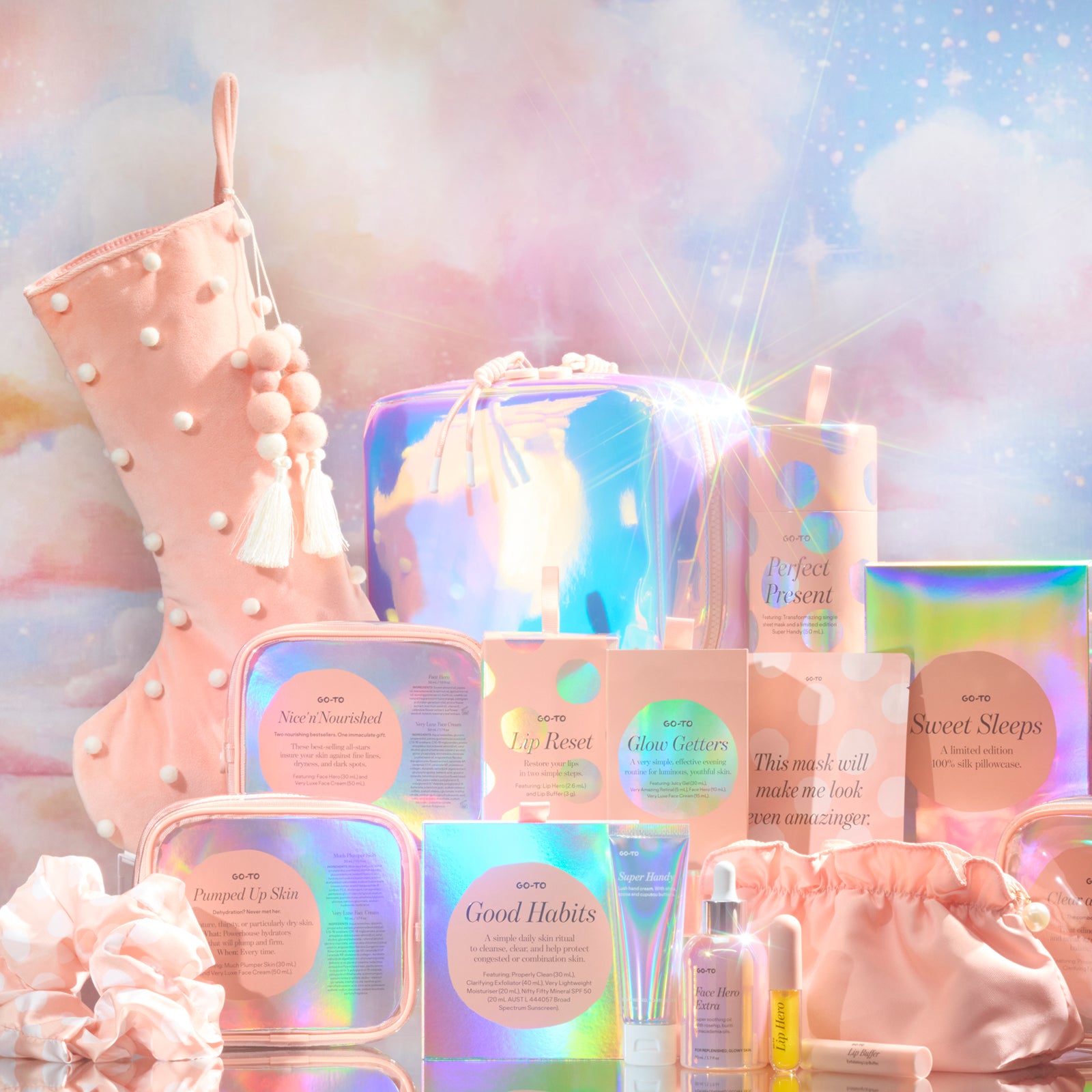



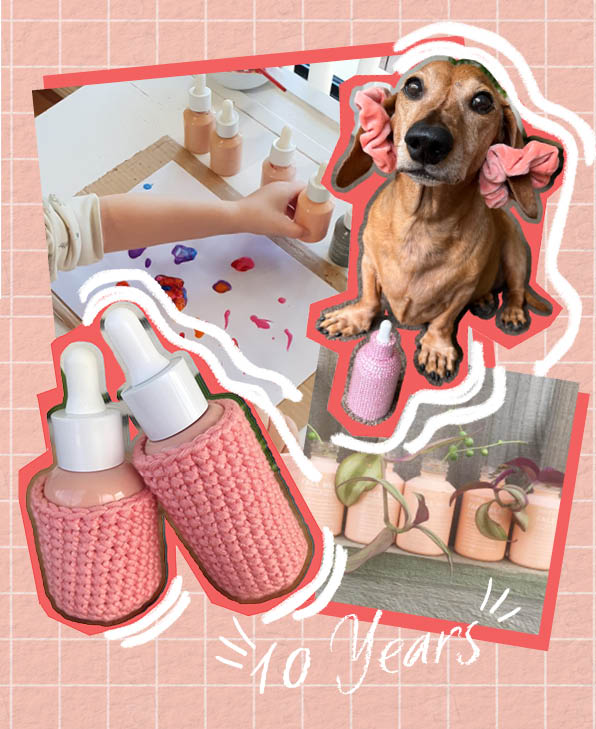

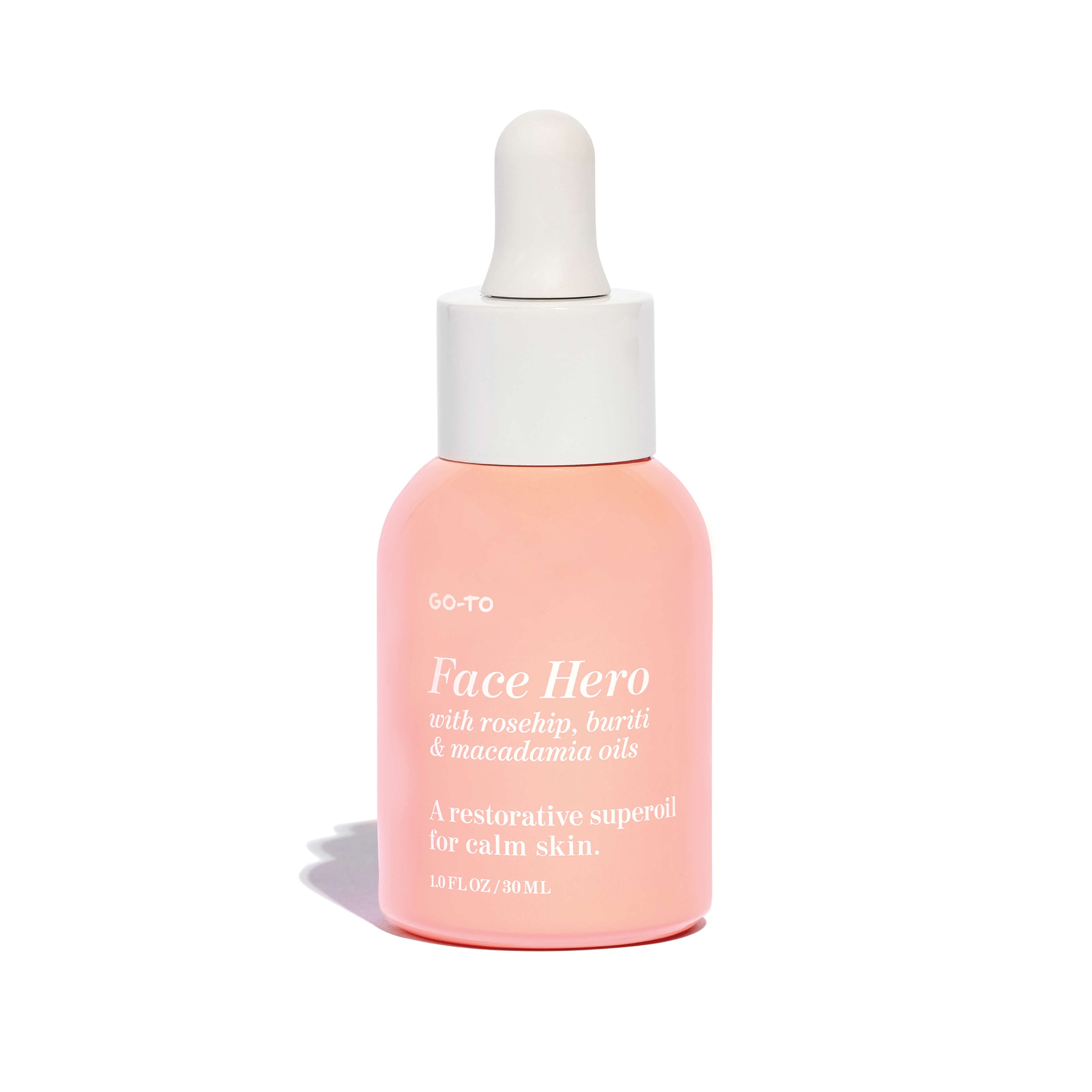


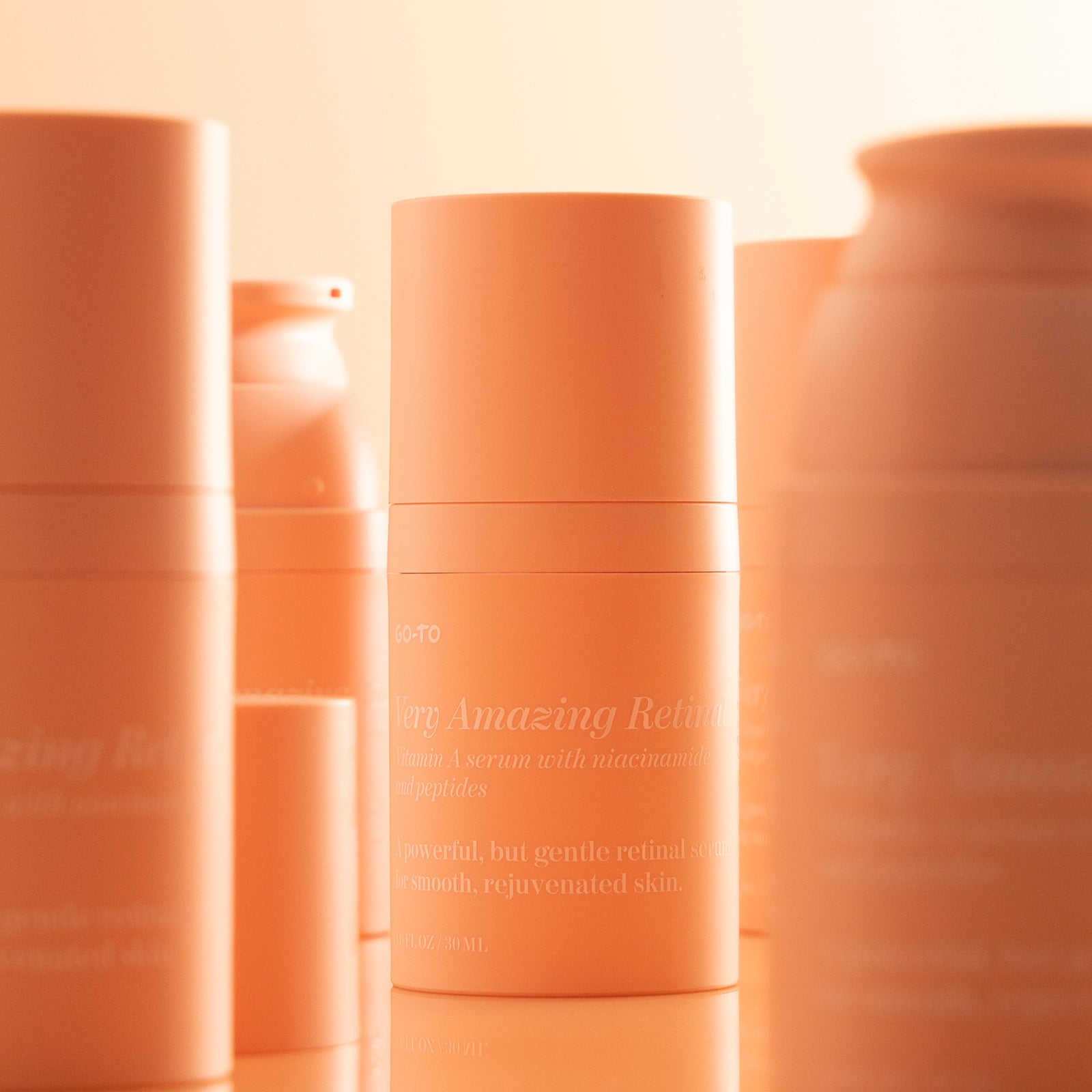
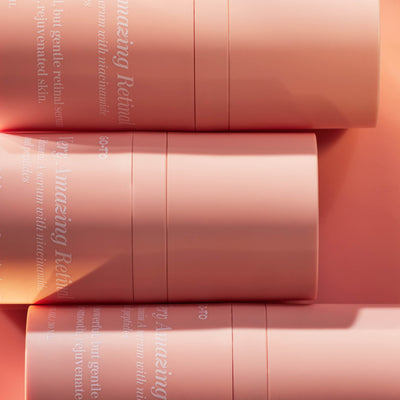




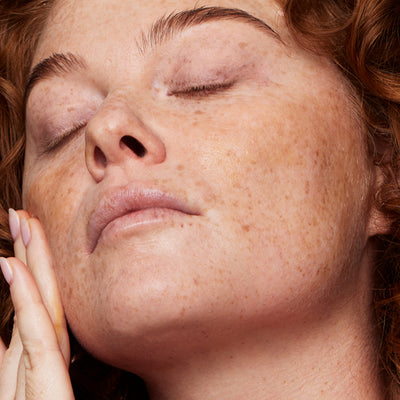
Comments